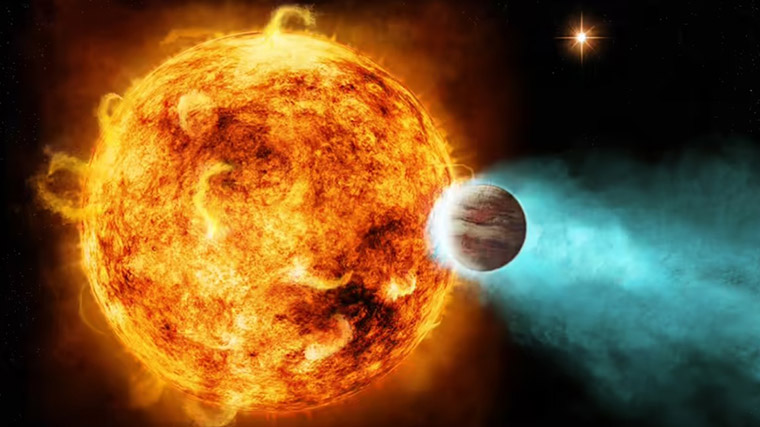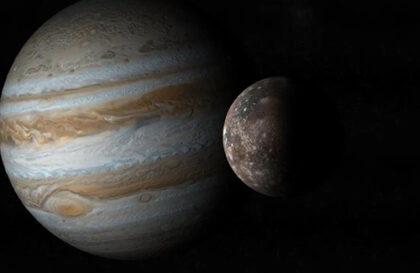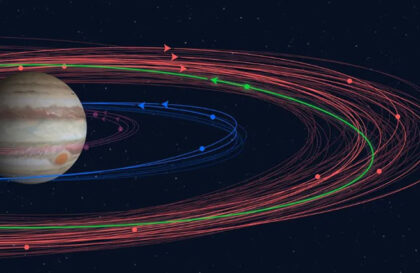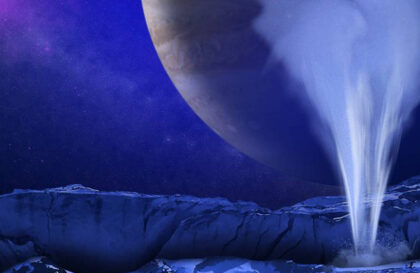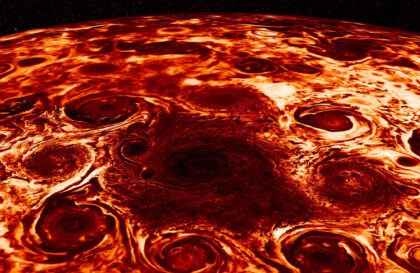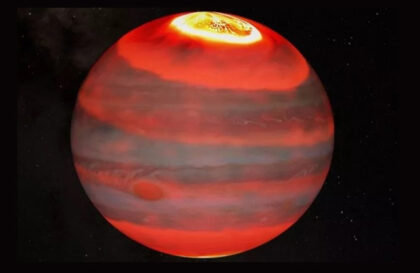Why didn’t Jupiter become a star?
Jupiter has no solid ground and is made up of the same elements as the Sun. But he’s not a star. For Jupiter to join the stellar club, it needs to initiate a fusion reaction in the core. To do this, you need to increase the mass.
Jupiter is more than twice the mass of all the planets in the solar system combined. But if we could find 79 more Jupiters and fit them all into the one we have now, we could build a second star in the solar system. Combined 80 Jupiter will turn the gas giant into a star, and the fusion reaction will begin. But this star would not resemble the Sun.
Jupiter is a red dwarf
Although Jupiter’s star will be much more massive than the gas giant planet, its diameter will be only 20% larger. The extra mass will only make it much denser. Jupiter would be massive enough to be a red dwarf, a small cold star burning with hydrogen. Like any red dwarf, it wouldn’t be too bright. Only 0.3% of the Sun’s luminosity.
Because Jupiter is four times farther from Earth than the Sun, at 588 million kilometers, Earth won’t get much heat from it. By and large, the transformation of Jupiter into a red dwarf will not change much for life on Earth.
From Earth, Jupiter’s Star will appear red and slightly brighter than the Moon in its full phase. The former gas giant would have slightly shifted the orbits of other planets, even the Sun. But this is not enough to send them to meet each other or to take them out of their orbits into outer space.
The only threat we will face is space rocks from the asteroid belt that Jupiter could send towards Earth.
But if our gas giant became 1000 times more massive, the solar system would disperse. The asteroids would crash into the planets and the planets would change their orbital course. Some of them may even be ejected from the solar system.
It is difficult to predict what will happen to the Earth in this gravitational mess. It will probably burn or be thrown out of the solar system.
| Jupiter | Sun | Proxima Centauri | Red dwarf | |
| Weight, kg | 1,8986⋅1027less than 1% of the Sun | 1,9885⋅10301000 times larger than Jupiter | 8 times smaller than the Sun, 130 times larger than Jupiter | 0.08 solar masses or 80 Jupiters |
| Diameter, km | 0.103 solar diameter | 7 times smaller than the Sun, 1.5 times larger than Jupiter | ||
| Density | 1,326 g/cm³ | 1,409 g/cm³ | ||
| Compound | Hydrogen 89,8±2,0 % (H2)Helium10,2±2,0 % (He) | Hydrogen 73,46 % Helium 24,85 % | ||
| Temperature | 128.15 К | 5000-6000 К | 3042±117 K |
Image credit:
https://science.howstuffworks.com
